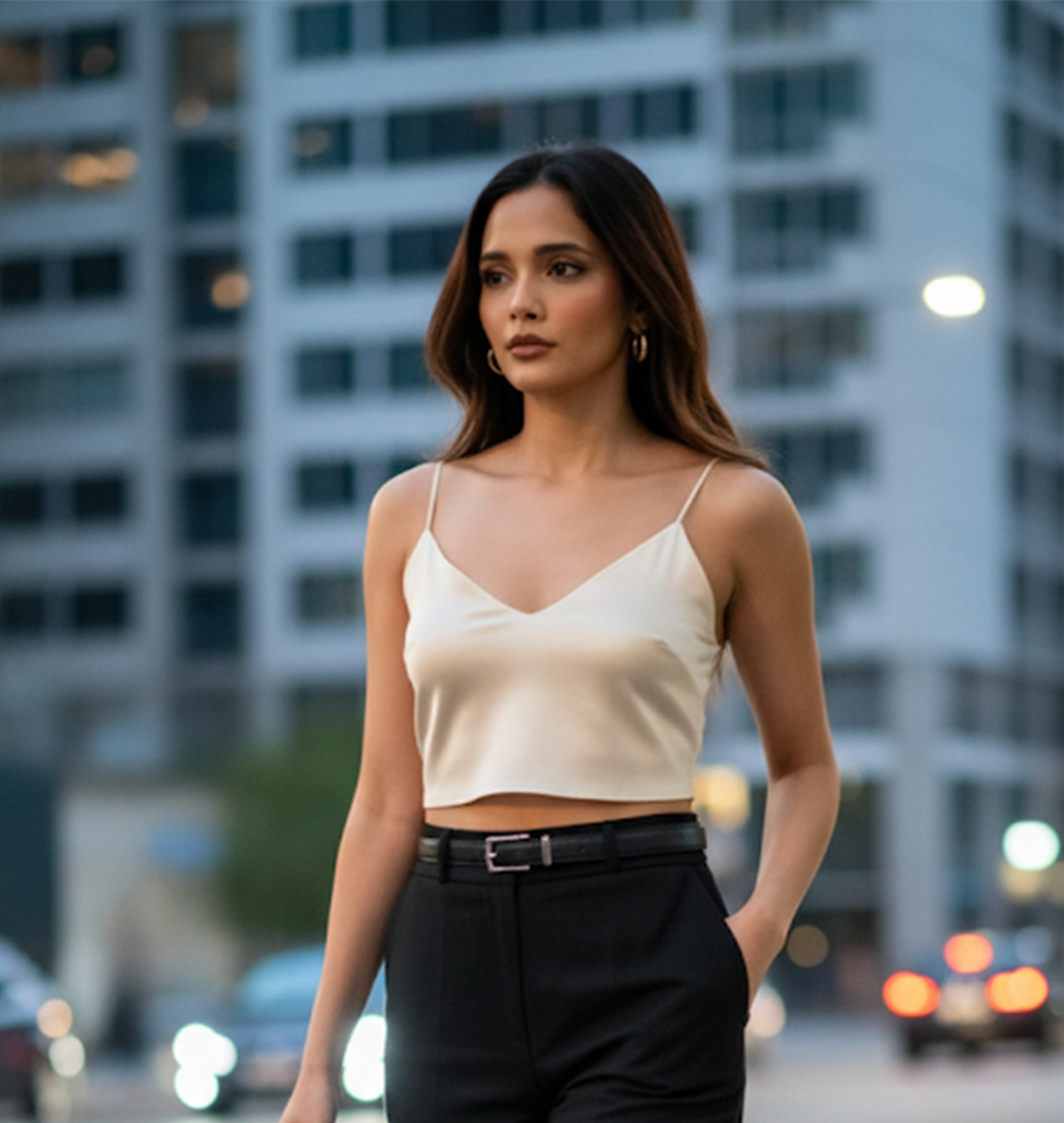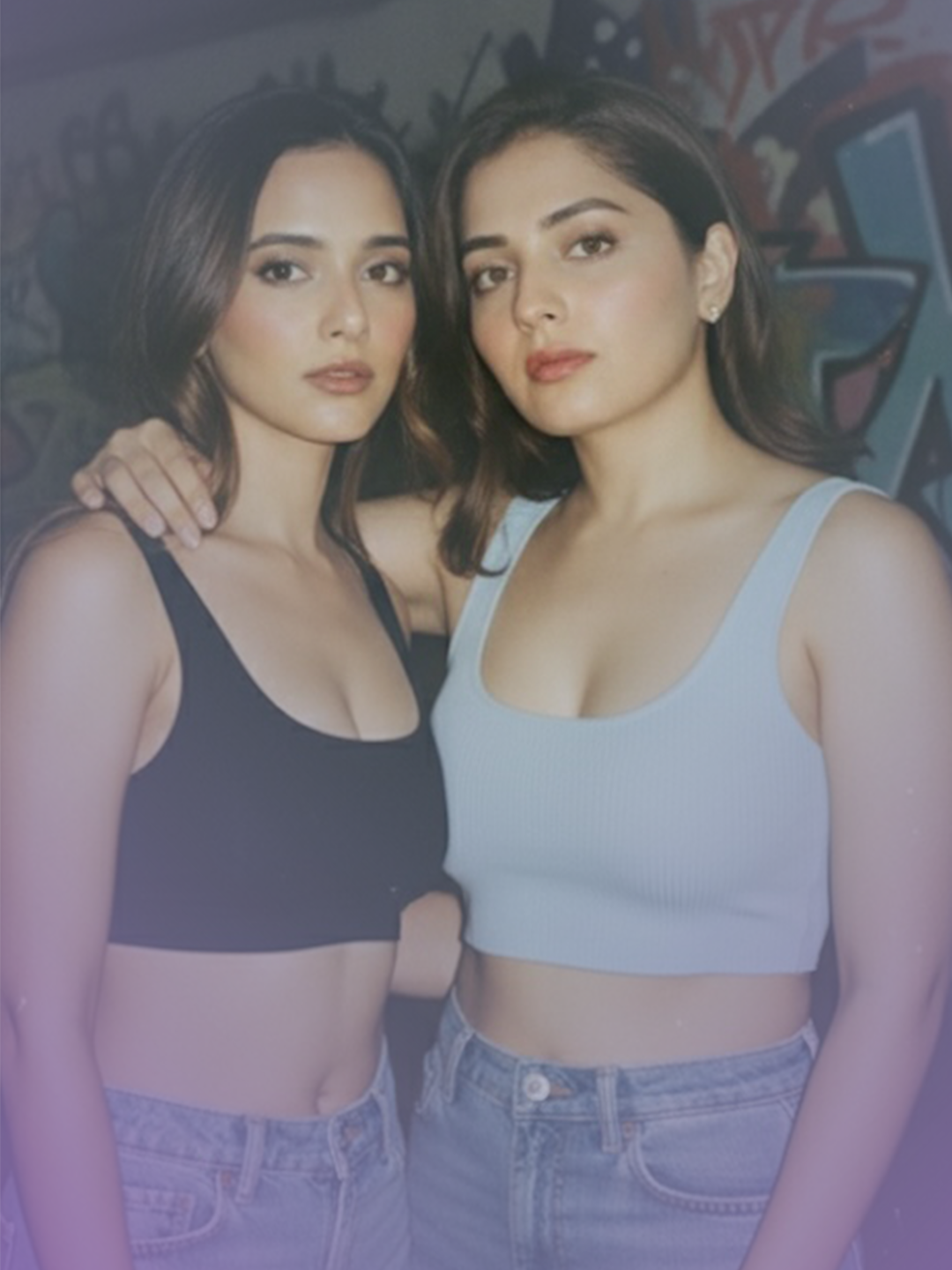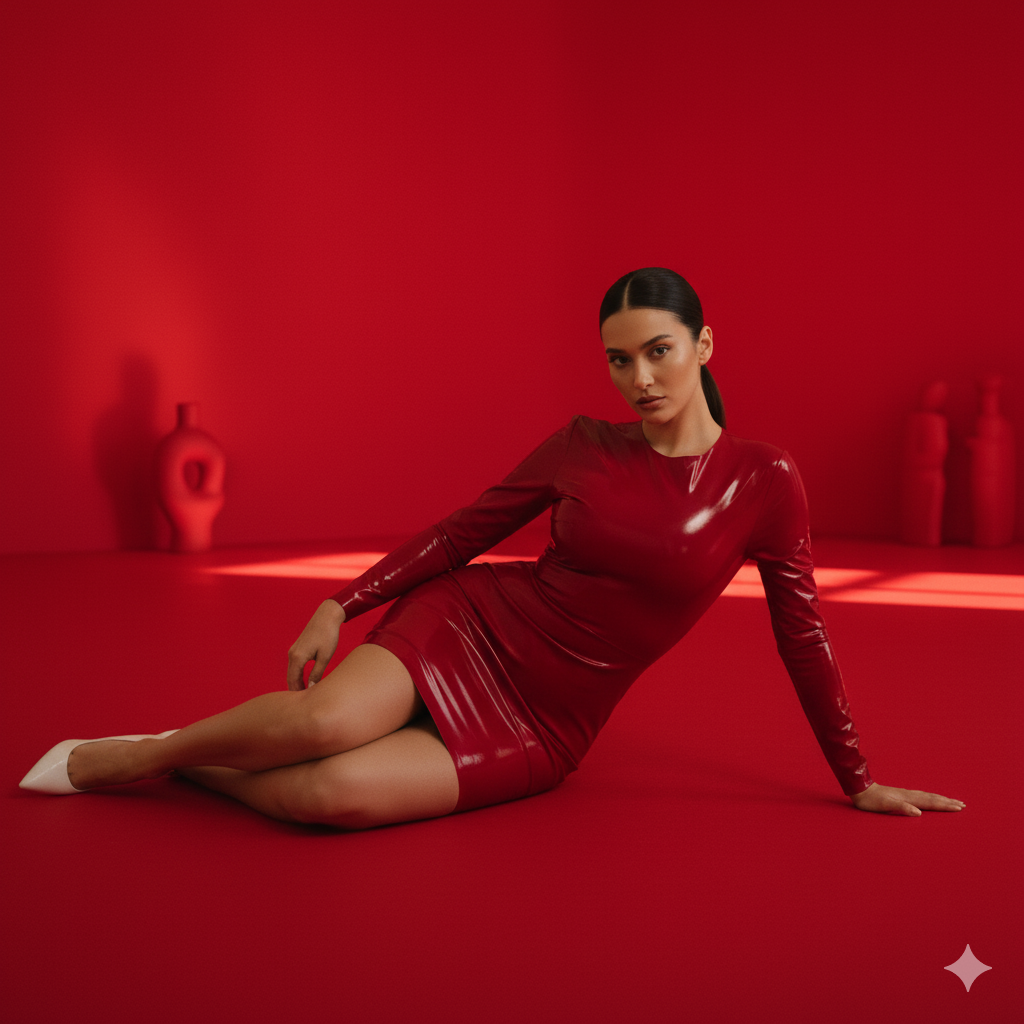How I Engineered Realistic Prompt Sets for Storyboarding Photography Projects
Learn how to engineer AI prompts that create realistic reference images for photography storyboarding. A complete guide to building 100+ prompt variations that deliver raw, unpolished images perfect for pre-production planning.

If you’ve ever tried using AI to generate reference images for photography, you’ll know one truth: the output depends entirely on how you craft your prompts. What looks “professional” on paper often turns out stiff, glossy, or far removed from the raw realism you need when planning a shoot.
In this post, I’ll walk through how I broke down the process of designing prompts that create realistic, day-to-day, front-facing images of models in V-neck dresses, images that feel like they were snapped on a phone, not in a studio. These prompts became a powerful tool for storyboarding, styling preparation, and theme direction in photography projects.
At the end, I’ll share the full prompt catalog file you can use.
Step 1: Define the Core Focus
I began with the basics:
- Frontal captures only: (so the model’s presence feels direct and usable for composition references).
- V-neck dresses: as a consistent outfit anchor.
- Raw, realistic camera feel: not glossy editorial images, but the imperfection of phone clicks, uneven light, and lived-in spaces.
By fixing these anchors early, I gave every prompt a spine. The variation then came from environment, mood, and details.
Step 2: Strip Away the “Perfect” Look
At first, many prompts leaned too polished, like fashion campaigns. But for pre-production and moodboarding, I didn’t want perfection.
So I started asking: What makes a real photo look real?
- Harsh ceiling lights instead of perfect studio rigs.
- Clutter in the background, laundry, bottles, shoes, posters.
- Slightly tilted or off-center framing.
- Everyday settings: stairwells, grocery stores, living rooms, bus stops.
- Rawness: hair messy, makeup uneven, flash glare.
Adding these imperfections made the outputs feel more natural and far more useful for reference.
Step 3: Expand Across Real-Life Scenarios
Instead of generating 5–10 prompts, I worked toward 100 variations covering:
- Home & bedroom setups: beds, wardrobes, hallways, lamps.
- Mirror/selfie angles: bathrooms, lifts, low-phone selfies.
- Balcony & terrace moments: laundry racks, plastic chairs, rooftop bulbs.
- Street & outdoor snaps: scooters, shutters, food carts, bus stops.
- Shops & errands: grocery aisles, tea stalls, ATMs, chemists.
- Stairwells & corridors: peeling paint, fluorescent bulbs, raw shadows.
- Parking lots & night shots: harsh strip lights, headlights, uneven exposure.
Each scenario gave me a fresh way to visualize models in the same outfit type but under different contexts and lighting.
Step 4: Lock the Tone
The trick was to write prompts as if describing a candid photograph, not an art piece.
Instead of:
“An elegant fashion photo of a woman in a stylish dress”
I wrote:
“A woman in a V-neck slip standing barefoot in her bedroom, morning light cutting across the messy bed behind her, shot flat like a quick phone snap.”
That tone shift was everything. It created prompts that look like real, raw captures—perfect for testing styling ideas.
A shot preview from my engineered prompts:

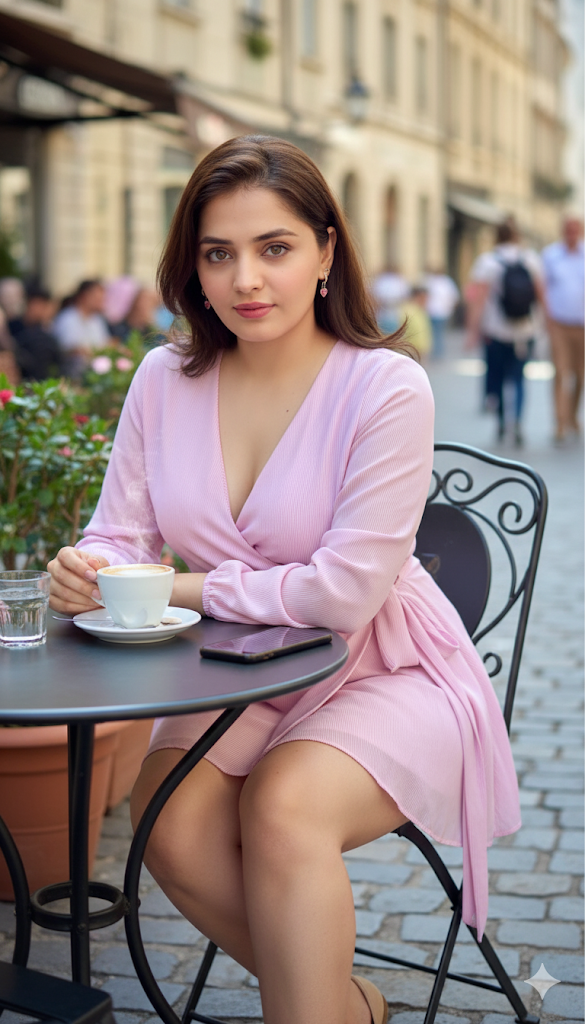
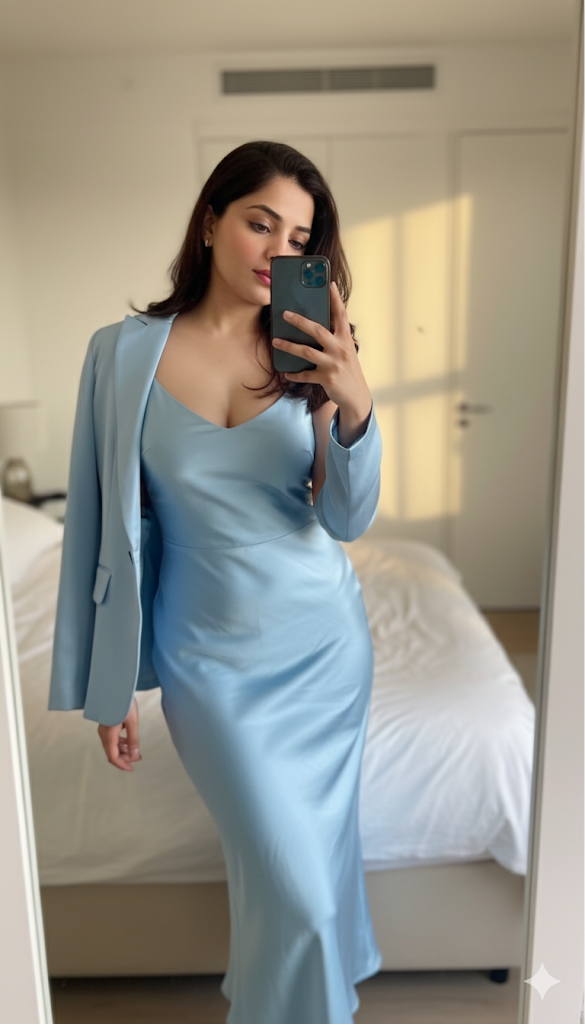
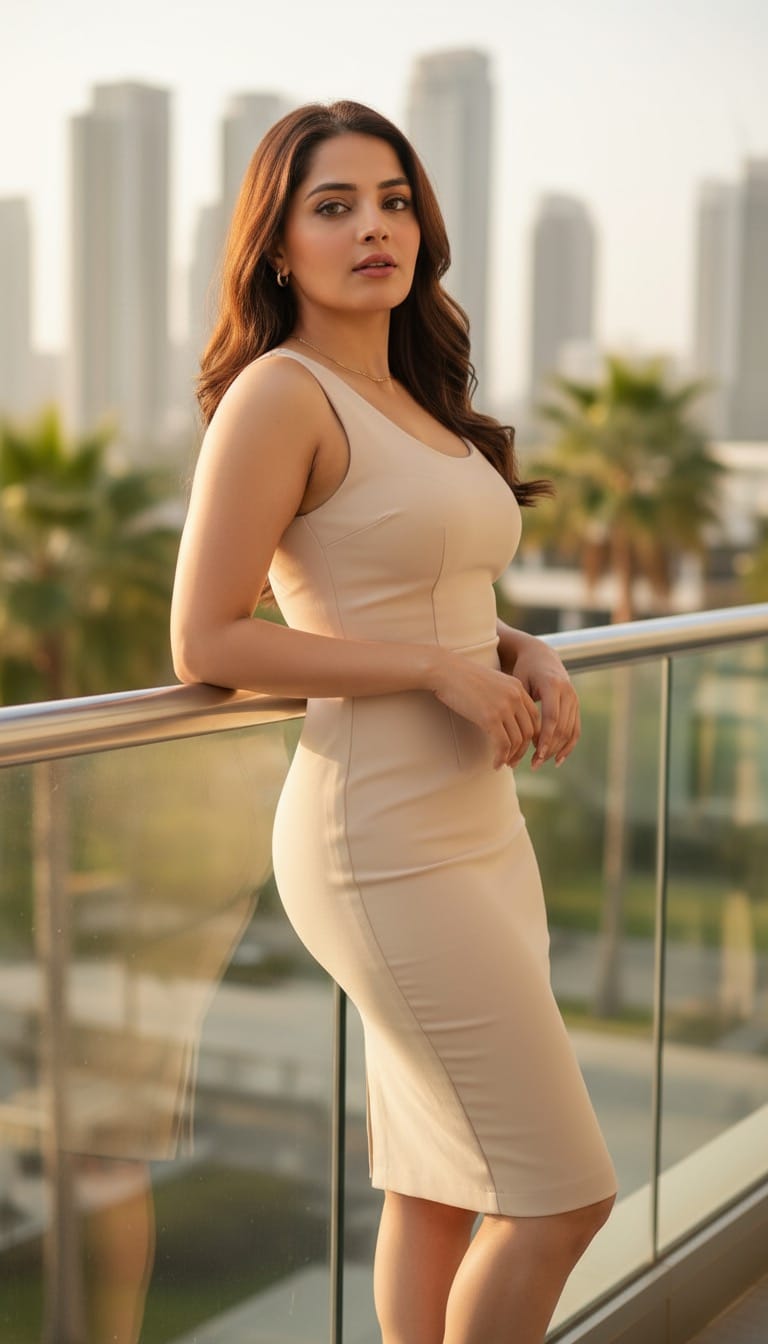
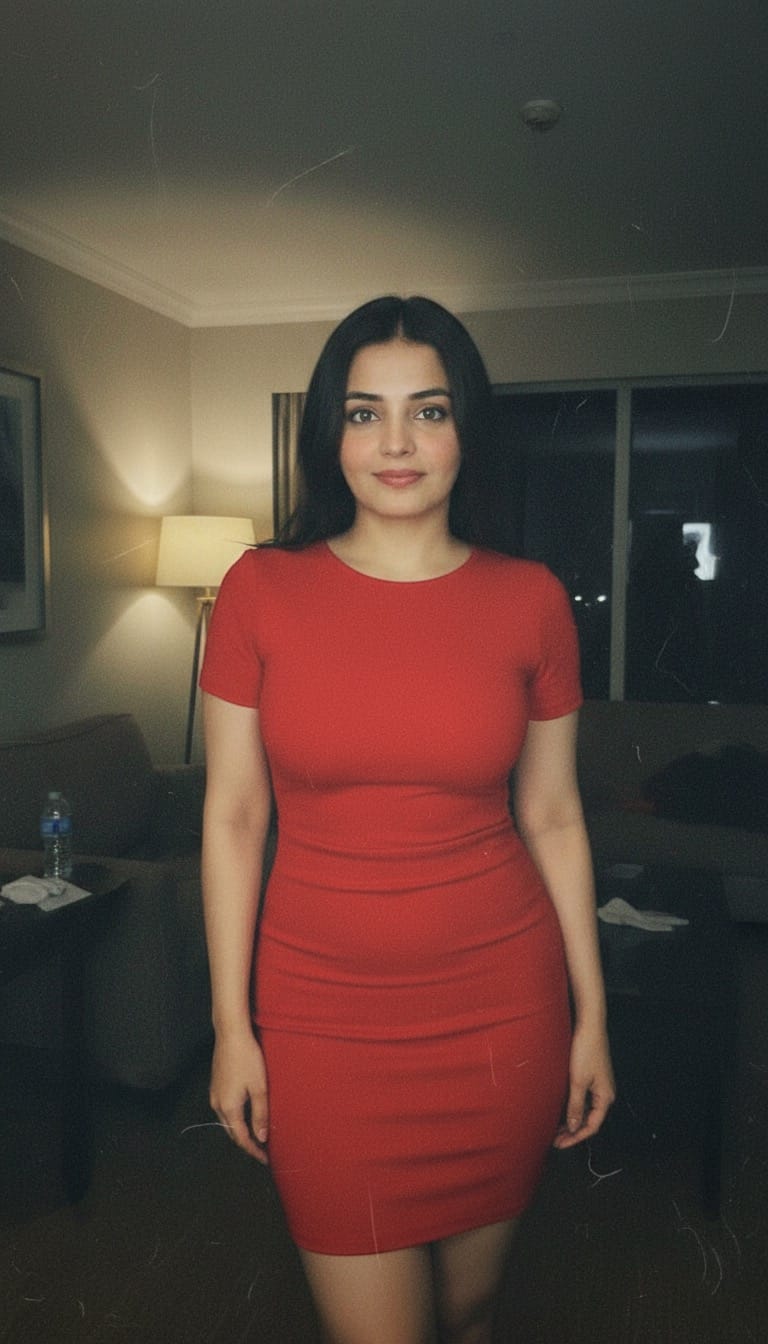

Generated via Perplexity Pro and Gemini
Step 5: Scale Into a Catalog
Finally, I organized the prompts into a 1–100 master catalog, grouped by themes. This way, I could:
- Pull prompts for storyboarding specific moods (daylight at home, gritty nighttime, raw outdoor).
- Use them for styling prep (seeing how a V-neck dress plays in different lights and environments).
- Build theme boards for clients or models (to communicate ideas visually before the shoot).
Why This Matters for Photography Projects
If you’re preparing a photoshoot, it’s not just about mood, it’s about practical visualization.
- Storyboarding: See how a model might look in different settings before renting a location or dressing a set.
- Styling: Test outfit ideas in raw contexts to know if they still stand out without perfect studio control.
- Themeing: Share realistic reference boards with clients or collaborators so everyone sees the same vision.
Instead of stock photos that feel generic, these AI-generated raw shots give you something closer to how your camera might actually capture the scene on the day.
Step 6: Build Your Own Themes
Once the core catalog was ready, I realized it could go beyond just “everyday realism.” The same structure, front-facing, V-neck dresses, raw phone-click tone, can be re-themed depending on project needs.
For example, when we worked on Gen Z / Alpha college-inspired prompts, the base idea stayed the same but the setting and styling shifted:
- Cafeteria tables, campus lawns, staircases with graffiti.
- Messy dorm rooms with open laptops and coffee mugs.
- Quick snaps outside tuition centers, scooters parked nearby.
- Casual postures: leaning on backpacks, mid-laughter with friends, holding a phone mid-text.
The prompts still felt realistic and unpolished, but they spoke to a younger, trend-driven mood.
Preview from my prompt catalog:
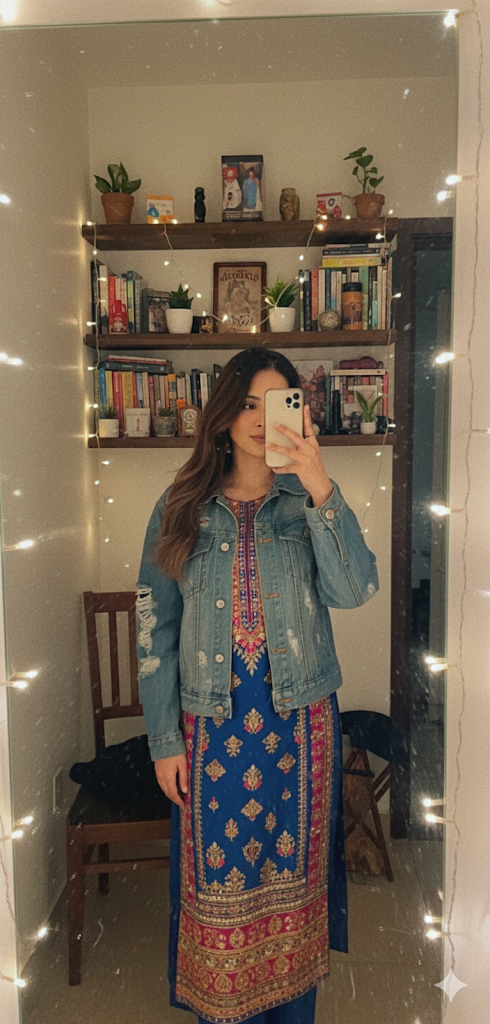
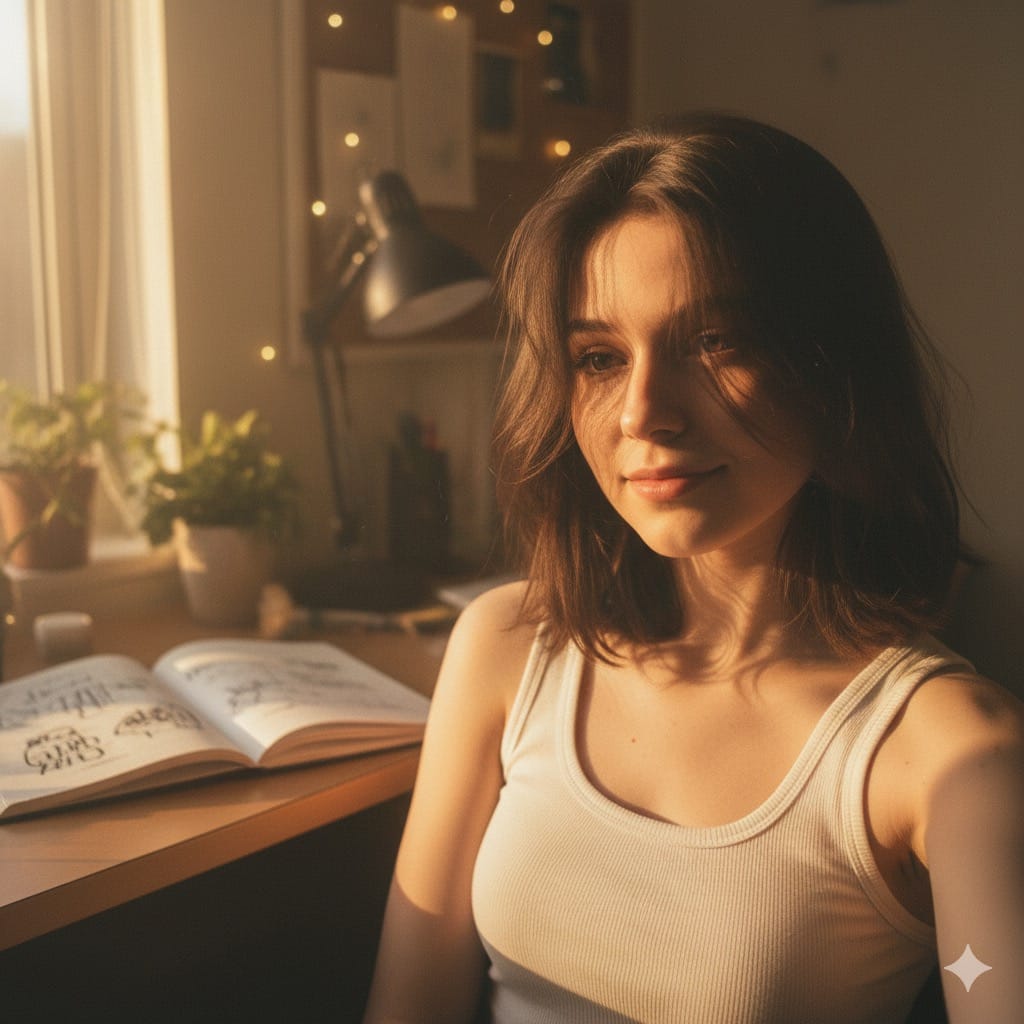
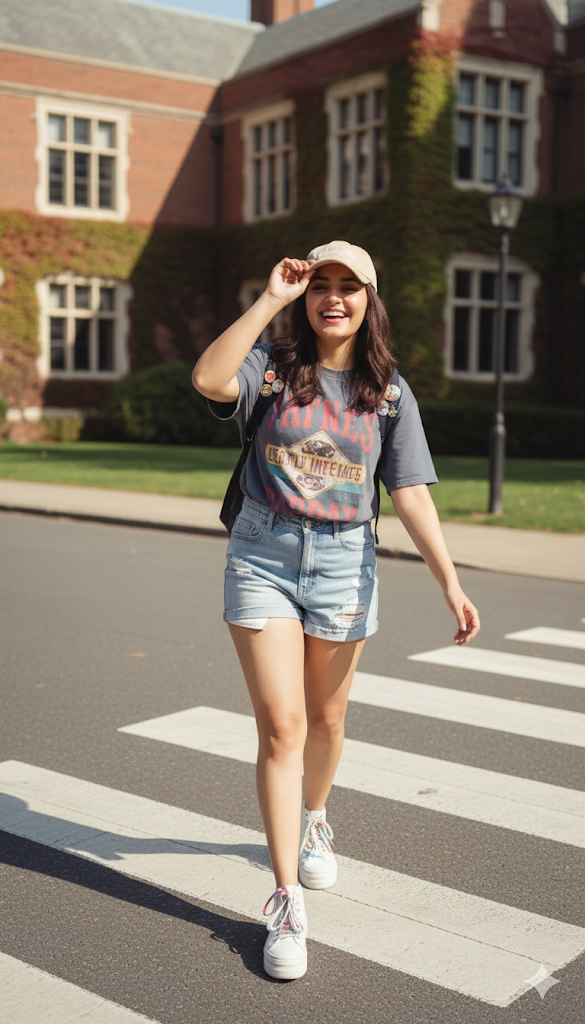
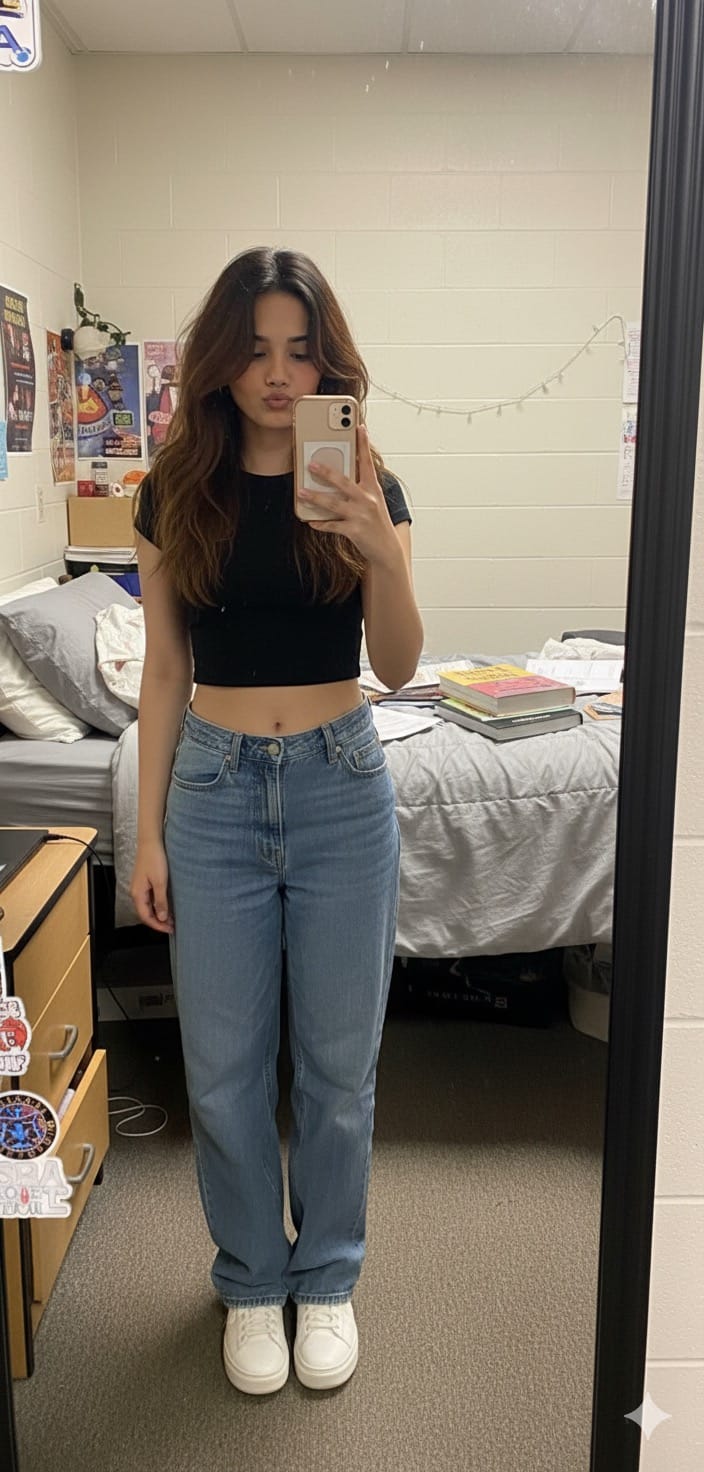

Generated using Gemini and Perplexity Pro
Why Theming Works
By layering in thematic details, you can make your reference prompts more targeted:
- College vibe → great for youth branding or streetwear shoots.
- Nightlife vibe → works for club, bar, or urban editorial styling.
- Everyday home vibe → perfect for lifestyle campaigns or intimate fashion sets.
- Professional vibe → office corridors, stairwells, co-working spaces.
The dress/outfit becomes the constant, while the environment and micro-details build the theme.
How to Create Your Own Theme
- Pick a core anchor → For us, it was “V-neck dresses + frontal raw realism.”
- Choose a lifestyle angle → College, nightlife, street, domestic, professional, etc.
- List real-world places tied to that lifestyle → e.g. for college: cafeteria, dorm, library. For nightlife: clubs, sidewalks, neon alleys.
- Add imperfections → Flash glare, clutter, messy objects, uneven light.
- Write prompts like candid snaps → Not polished scenes, but everyday clicks that look like someone’s phone captured them.
The Payoff
With this method, you can quickly generate a ready-to-use visual moodboard for any project:
- A brand campaign targeting Gen Z.
- A fashion editorial exploring nightlife styling.
- A lifestyle shoot in a domestic, everyday context.
- Even experimental storytelling where realism is key.
The 100 base prompts give a foundation, but building your own theme-specific variations makes the approach flexible and scalable.
The Prompt Catalog
I’ll be sharing the full 100-prompt catalog I engineered. Each one is:
- Front-facing
- V-neck dress
- Realistic, raw, phone-capture vibe
You can adapt them for your own wardrobe choices, set designs, or storytelling themes.
This prompts catalog is available only to subscribed members.
Closing Note
The key to good AI prompting is this: don’t describe what you wish it looked like, describe how it actually would look if someone snapped it casually.
Once I locked that mindset, the results became far more useful for my creative work.
⚠️ DISCLAIMER
These prompts can be adapted for any body type, gender expression, or wardrobe, the method remains the same.
All AI-generated prompts in this catalog were created using ChatGPT. My intent with this project is solely to demonstrate creative prompt engineering for storyboarding and reference purposes, never to objectify or harm. Every scenario is constructed for learning and artistic exploration, with respect for personal dignity and creative integrity.
If any content in these prompts is perceived as insensitive or inappropriate, please know that was never my intention. I welcome feedback and remain fully committed to inclusivity and respect for all individuals represented in creative work.


